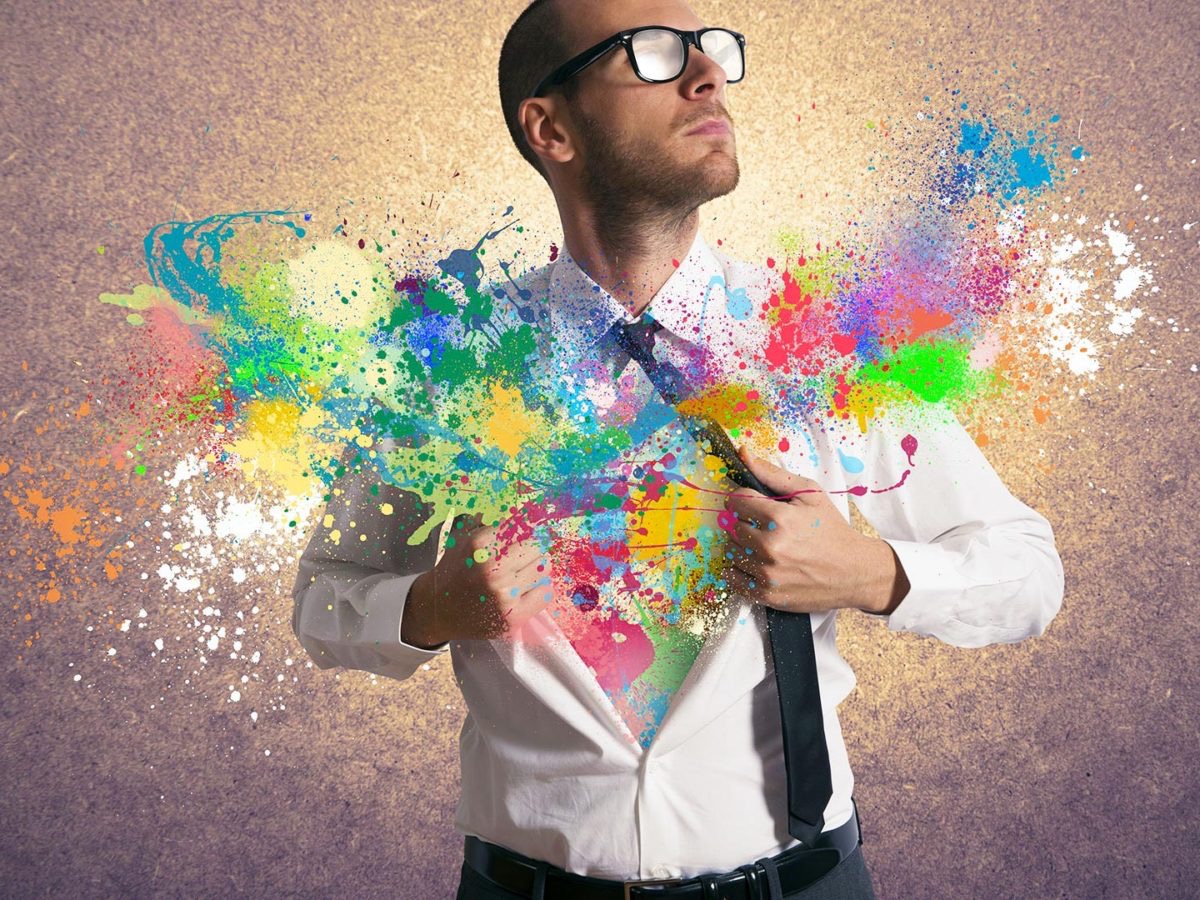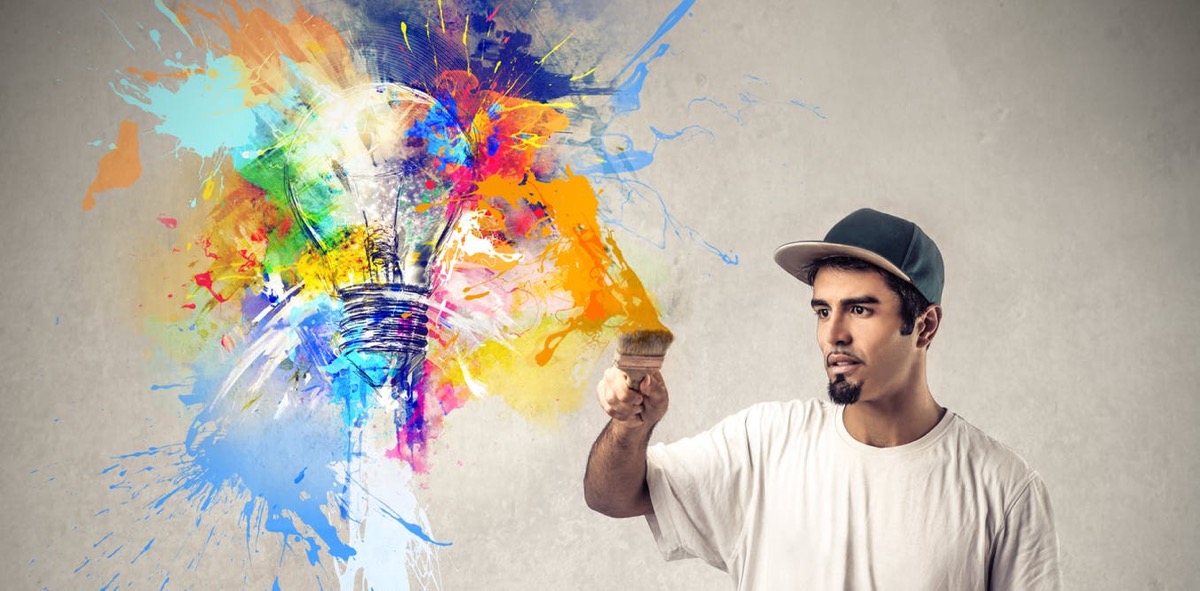
All human beings have creativity but not all of us know how to enhance it and we can even fall into the clutches of the barriers of creativity that make this part of you fall asleep. If your creativity is not enhanced, you will not be able to express the best part of yourself and this can have a high price in your personal and work life.
For this reason, we are going to tell you about some barriers to creativity that may be affecting you without realizing it. The barriers may be different, it will depend on how your life is and how they affect you personally. But knowing these in particular can help you recognize those that you have in your life.
Most organizations have barriers to creativity, ideas, and innovation. Some are obvious, while others are more subtle. Some barriers arise from organizational leadership attitudes and perceptions, while others come from the organizational structure or even from the employees themselves.

Since these barriers tend to eliminate the creative possibilities of the organization, it is crucial to identify and remove the barriers to creativity and innovation. By pinpointing, acknowledging, and acknowledging that barriers exist, an organization can navigate many common obstacles and become more idea-oriented by employing simple strategies.

Your habits
Imagine that you see something unusual: a new idea, an unusual solution. Instead of cheering, you first have a sense of rejection. That's weird, you think. Why? Very simple: our brain automatically prefers known solutions to unknown ones. This works faster than constantly searching for new solutions.
You can test this mental barrier to creativity and innovation on yourself. After spending a lot of time learning all the functionalities of a new email program, after you finally know where to find which menu items, and after you've finally figured out how to sort emails, the following message appears: Download version 3.1. now. New user interface. " How do you react?
- "Yeah, great, I got bored with the old user interface!"
- "I had nothing to do on vacation anyway, so I can go to more education and go back to training."
- "For God's sake, how can I avoid this discharge?"
You may bet on the third option. That is the first barrier to creativity and innovation. The habit barrier is one of the reasons why innovative solutions are often more difficult to establish in the market than one might initially think. Consumers also have innovation barriers in their minds that form a solid wall against the new.

The feasibility
Impossible! Once you have an idea that somehow sounds strange or seems out of reach, your head spits out a thousand objections as to why it can't work. This barrier to creativity and innovation is constantly in the way of idea generation and idea development. "Too expensive". "We don't have the right staff." "This is practically impossible."

Objections are often not unjustified: the path from the first idea to successful innovation is really expensive, the necessary competencies do not exist in the company and the idea cannot be implemented within existing structures. But what happens now? If you want to successfully implement business or personal innovation, you have to overcome this barrier. You will have to create an action plan!
Knowledge
A few years ago, a company interviewed engineers from a mechanical engineering company. They had to come up with ideas for a significantly cheaper version of a system. But no matter what ideas came up, the engineers said, "Technically not feasible." They tried for three years and then gave up. The company management eventually assigned the task to an external company. Three months later, the device was ready to be launched on the market.

How did this happen? Management had underestimated the extent of the knowledge barrier. The engineers involved thought they knew everything it took to develop the device. Unfortunately, they missed one thing: they didn't know what they didn't know. And since they didn't notice, they didn't know what they needed to know to drive innovation. The knowledge barrier is one of the main barriers to creativity and innovation. It exists because your creative potential is largely influenced by your personal experience and knowledge, your character traits and your creative abilities.

The regulatory barrier
This barrier to creativity and innovation kicks in at an early stage. Before starting to think in a new creative way, children are told, "You can't do that." The main reason for this is our education: "You shouldn't do that." "That is not what we do." In professional life, we are chameleons with perfect rules: we adapt quickly to the rules of our environment.
Unfortunately, too much perfection is not such a good thing: by constantly wanting to do everything right, we unconsciously develop barriers to creativity and innovation. By constantly making predictions about what might not be allowed, we exclude ourselves from the possibilities that a deliberate rule violation would involve.
The regulatory barrier is also active in invisible laws, such as the laws of the market. "The market works one way and another." This statement can be made until someone redefines the rules of the market. The regulatory barrier is also activated if you make the innovation process too rigid in its management of innovation. Innovation teams are more concerned with following the next step rules than with the innovation itself.
The contradiction
This barrier to creativity and innovation is the downside of what is often admired as "clear leadership." At first, managers are admired for their determined line and commitment. Things change at some point. But they stubbornly cling to what has been proven. Why happens?
As soon as a discrepancy is imminent, the barrier of contradiction in your head signals, "Stop!" Because we tend to always present a logical and understandable image to the outside world. Everything that seems contradictory is tremendous for us: yesterday we were against, today we are in favor, we feel uncomfortable with that. Flexible thinking can help with this.
I fully agree that the conditioning, inflicted upon in childhood. They limited our creativity. But we are no longer children, it is a matter of daring.